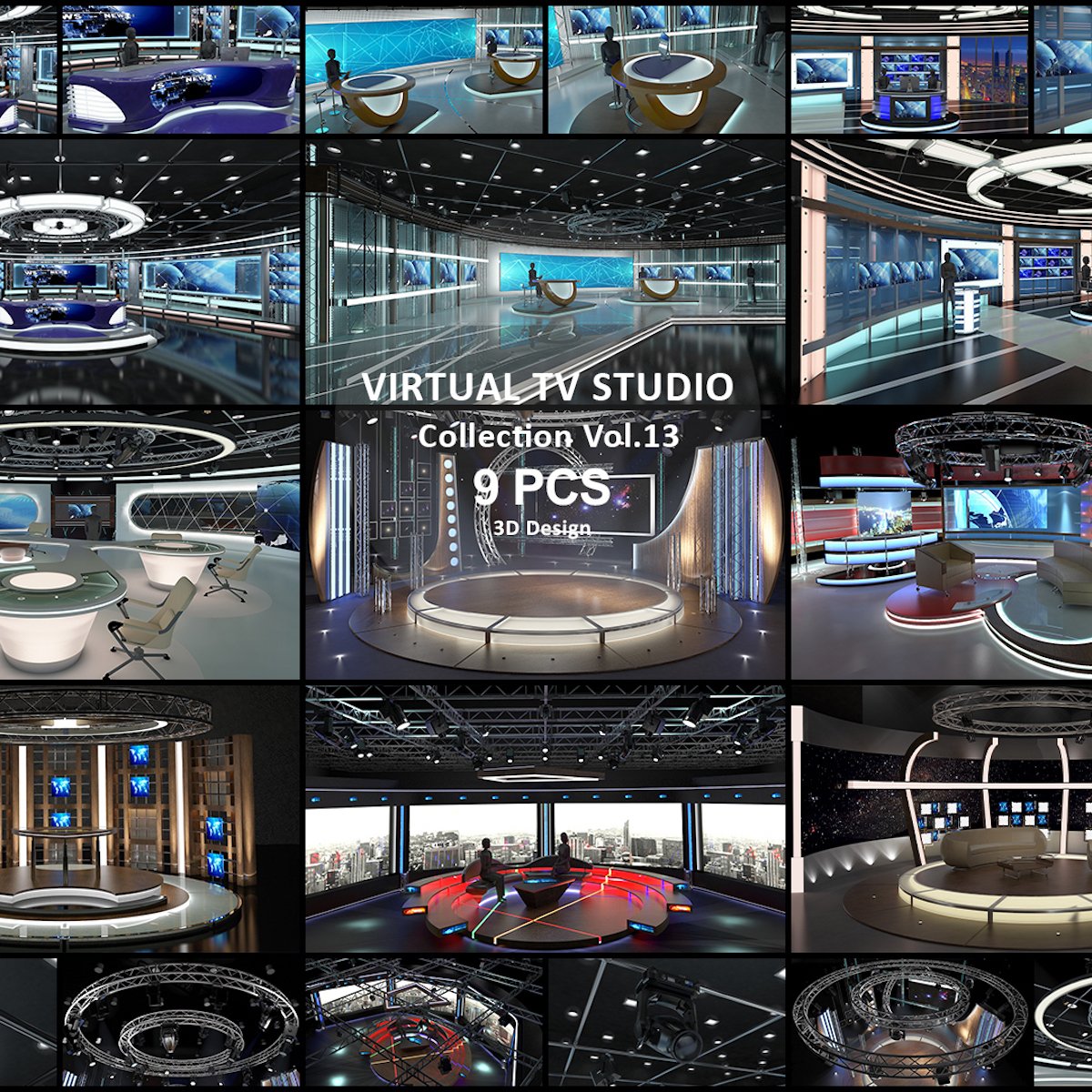

A specially developed image recognition system identifies the silhouettes of the actors in real time. The costume projections also clarify the balance of power between Machiavelli and the other characters. For example, the influence of one character over another would manifest in the merging of their projected costumes. Using the white costumes of the singers as projection surface, the internal states and belief systems of the characters were visualized directly on their bodies. To make this more legible in the complex deconstructed narration of the libretto, another layer of media was developed. In short: Machiavelli literally becomes the central axis of the virtual set.Ī central motif in the story is the swaying thoughts and stances of the various actors. When Machiavelli moves across the stage, the audience view of the bunker changes in accordance with his position. By moving his arm in a certain manner, he is able to rotate the bunker horizontally or generate new versions of the bunker from which he then selects the one he wanted. The initially all-powerful Machiavelli interacts with the set through movements and gestures. By dissolving the architectonic volume into several projection sections, a strongly spatial impression was created while keeping the actual architecture of the bunker on a relatively abstract level. These screens serve as intersecting planes literally cutting through and revealing the virtual bunker that is otherwise invisibly standing on the stage. To maximize the spatial experience, the bunker was projected onto several large surfaces positioned at different angles on the set. The interactive set resembles a bunker: a modern reworking of the protective but also constricting and confining environment of a monastery - the original setting of the play. As the play progresses, so Machiavelli’s influence of the set fades. To illustrate this development, the set was designed as an interactive projection that is initially completely controlled by Machiavelli. He is practically omnipotent at the beginning of the play and gradually loses his power in the course of it. Key aspects of the plot inspired the set design: The drama begins with a prologue in which the Italian writer and protagonist Machiavelli ‘creates’ the play. Based on the play by Christopher Marlowe, a contemporary of Shakespeare’s, the libretto explores the conflict between the world’s three great monotheistic religions: Judaism, Christianity, and Islam. The set design for the opera The Jew of Malta extends the opera stage with the help of new media to become an active part rather than simply the scene of the action. Virtual Set Design “The Jew of Malta”, 2002


 0 kommentar(er)
0 kommentar(er)
